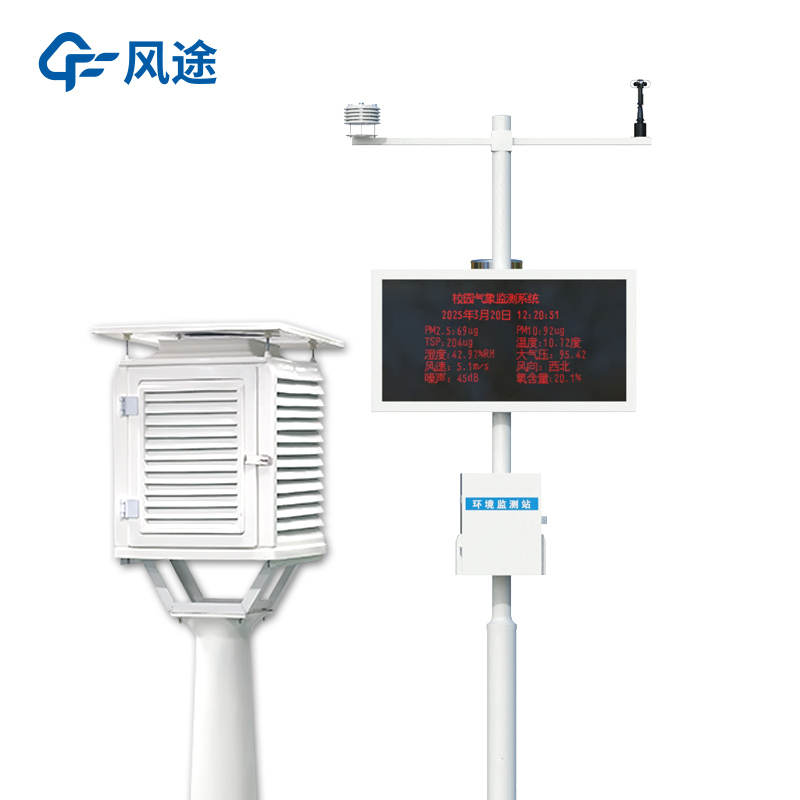Meteorological environment monitoring equipment supplier
Insist on doing high-precision customer favorite technology products
Meteorology integrates multiple disciplines including physics, geography, mathematics, and information technology, making it an excellent vehicle for STEM (Science, Technology, Engineering, Mathematics) education. Through observing, recording, and analyzing data, students can intuitively understand abstract scientific principles.
To engage with meteorology, weather stations are indispensable. Weather stations used for science education in schools are called Campus Weather Stations, which serve as the core hardware infrastructure and practical platforms for conducting campus meteorological science popularization. They are sets of equipment installed on campus that can measure and record various basic meteorological elements (such as temperature, humidity, air pressure, wind speed, wind direction, rainfall, etc.).
A typical Campus Weather Station consists of three parts: sensors, data acquisition and transmission, and data display and application.
The Stevenson screen contains thermometers and hygrometers for measuring air temperature and humidity, protected from direct sunlight and rain. Rain gauges are used to collect and measure rainfall (or snowfall). Wind vanes and anemometers are mounted on tall poles to indicate wind direction and measure wind speed, respectively. Barometers measure atmospheric pressure.
Data loggers collect data from various sensors and display it in real-time on an outdoor large screen for teachers and students to view at any time. Optional instruments include sunshine recorders, evaporation pans, and soil temperature and humidity sensors.
Its significance goes far beyond observation itself: First, it stimulates scientific interest by transforming geographical and physical knowledge into tangible practice, cultivating students' data analysis and scientific inquiry abilities. Second, it serves campus life by providing accurate microclimate information to inform outdoor activities and physical education class arrangements, as well as issuing warnings before severe weather arrives. Third, it promotes environmental education, as long-term accumulated data can be used to study local climate characteristics and enhance students' environmental awareness. It is a bridge connecting textbooks with nature, knowledge with practice, and a vivid classroom for cultivating students' scientific literacy.
